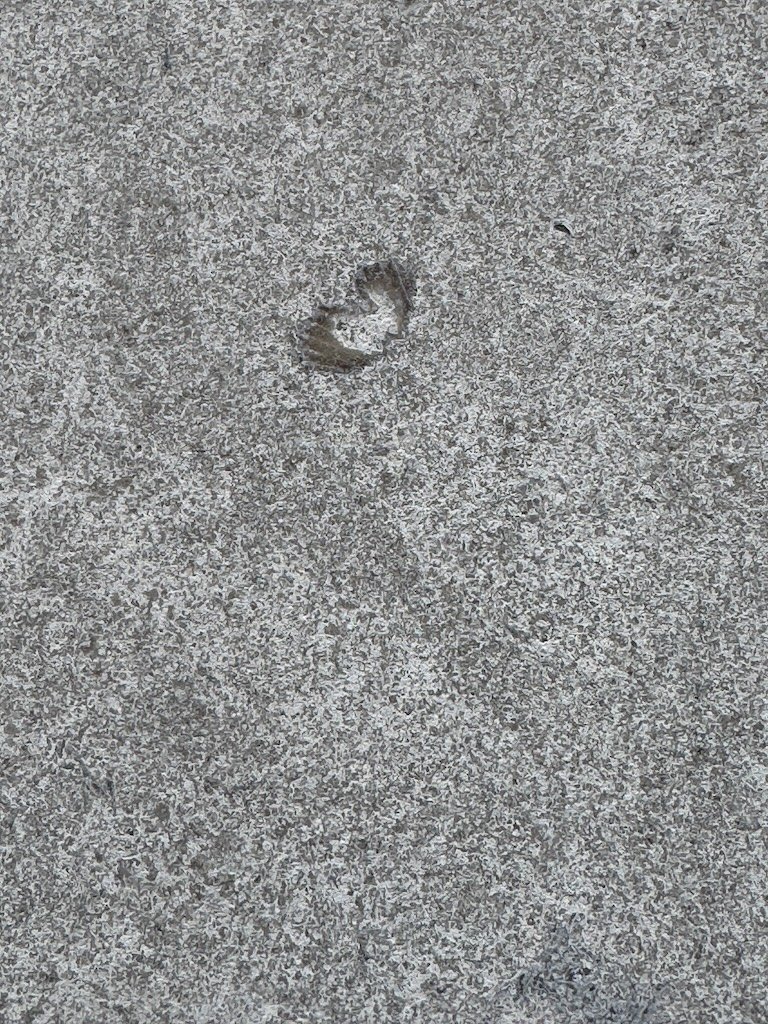Geology Course Experiences – February 2025
/I have completed 3 more chapters in my online course – reading the eTextbook, working through the study questions and taking the quizzes (all part of the online book). There was a short YouTube video. The professor sent an email about another video - Hidden Fury - the New Madrid Quake Zone – which was more substantial (although not very polished); I wondered why she did not make it part of the online course as part of the section on earthquakes. So far, the online course content seems to be almost entirely the eTextbook – very little content/value added by the professor or the university. I will finish the course and get as much as I can from the online book that I can access until next summer but probably will not take another online course from this university.
The lab course is almost better than I expected. It started out in what seemed like the traditional entry level geology lab: trays of minerals and rocks; I took a few pictures. Diorite made of quartz, plagioclase, and hornblende.
Granite made quartz, feldspar, and plagioclase.
But the next lab (volcanoes) involved use of VR headsets or scanning a QR code to look at something on our smartphone. The lab for the next week (volcanoes again) included some more video initiated by scanning a QR code followed by a simulation of a volcano emergency with role playing. It was interesting to have the Santorini earthquakes and associated response in the news at the same time we were doing the lab. Overall, the lab is exceeding my expectations; I appreciate that the faculty is incorporating new content and delivery mechanisms into the course.
I’ve met my daughter for lunch after two of the labs…before I head back home. I showed her the imprint of the shell in the limestone near the student union before the first one; the light was better for photography.




































































































